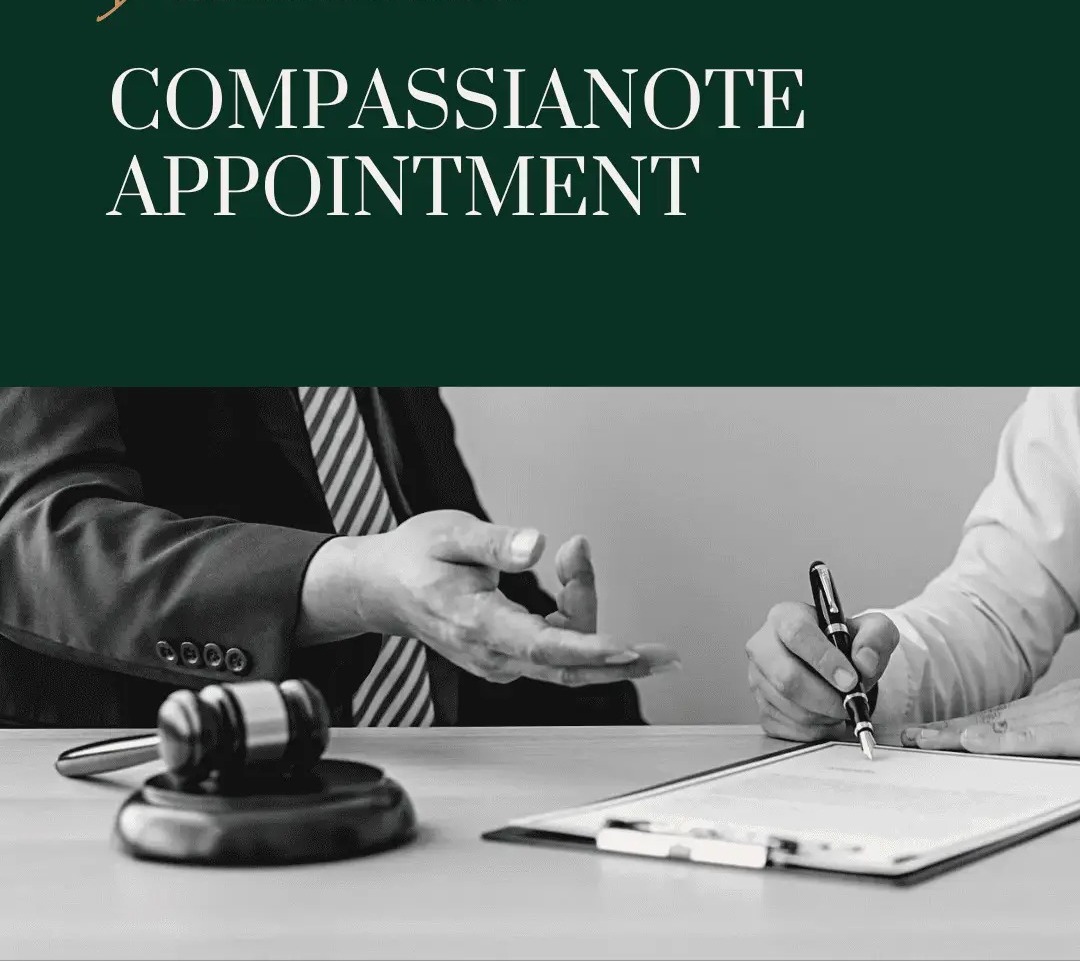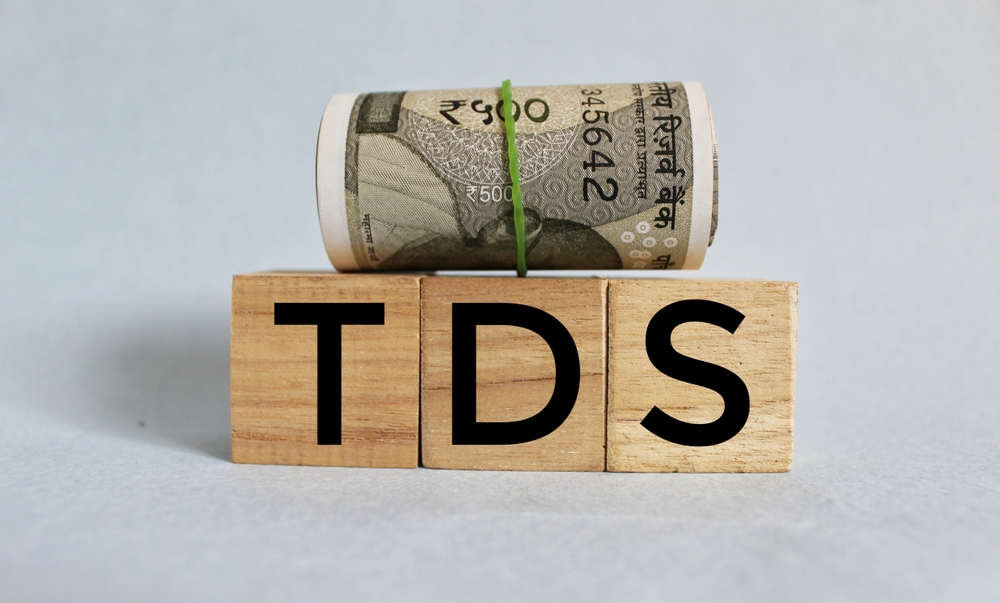Sunil Ambwani, J.@mdashHeard learned Counsel for the applicant and learned Standing Counsel for the department.
2. This trade tax revision u/s 11 of the U.P. Trade Tax Act, 1948 arises out of order of Trade Tax Tribunal dated January 2, 2007 by which the Second Appeal Nos. 941 of 2003 for the assessment year 1998-99 ; 193 of 2003 for the assessment year 1999-2000 and 593 of 2003 for the assessment year 2000-01, were allowed with the findings that "Boro Soft" cream manufactured by the assessee at Gujarat and sold in Uttar Pradesh after receiving by stock transfer is to be taxed under the entry "all kinds of cosmetics" at 15 per cent and not as "ayurvedic medicine" at eight per cent.
3. The assessing authority on remand found that "Boro Soft" is a cosmetic and will fall within the entry of "all kinds of cosmetics and preparation" under notification dated September 7, 1991. The Joint Commissioner (Appeal), however, found that "Boro Soft" is used as medicine and that the Joint Commissioner (Drugs), Foods and Drugs Control Administration, Gujarat, has certified that the "Boro Soft" cream is an ayurvedic drug. The Tribunal allowed the second appeals filed by the department.
4. In fact, the matter is squarely covered by judgment of this Court in Balaji Agency, Gorakhpur v. Commissioner of Sales Tax [1994] UPTC 184 in which it was held in para 6 as follows:
6 ... Every cosmetic usually has some medicinal properties for the care of the skin, teeth, hair, etc., and simply because they have some medicinal properties, they cannot be treated as medicines. Whether a thing is cosmetic or medicine has to depend on its general use and such creams are generally used for skin care and not for treatment of any disease of skin. I, therefore, do not find any force in the contention that the Tribunal was in error in holding these items to be cosmetics.
5. It is submitted that "Boro Soft" ayurvedic antiseptic cream is manufactured under Mfg. Licence No. GA/551 dated December 11, 1996 and is certified as an "ayurvedic product" by the Joint Commissioner (Drugs), Food and Drugs Control Administration. The certificate of registration of trade marks registers "Boro Soft" as antiseptic cream for soft smooth skin and it is used for treatment of chapped skin, cuts, wounds, minor burns, and dry skin diseases. The wrapper gives the composition of the cream as follows:
--------------------------------------------
Composition : each 100 g contains
--------------------------------------------
Aloevera Ex ... AB 1.00
Tankan Amla ... AB 1.50
Sasai Bhasma ... AB 1.80
Cocobutter ... 1.00
Surasar (Alcohol) ... .70
Cream Base ... .05
--------------------------------------------
6. The wrapper further declares that the cream is an ayurvedic medicine for external use only. The learned Counsel for the applicant has relied upon judgments in
7. Shri B. K. Pandey, the learned Standing Counsel for the Department, however, has relied upon
1. Whether the item is commonly understood as a medicament which is called the common parlance test. For this test it will have to be seen whether in common parlance the item is accepted as a medicament. If a product falls in the category of medicament it will not be an item of common use. A user will use it only for treating a particular ailment and will stop its use after the ailment is cured. The approach of the consumer towards the product is very material. One may buy any of the ordinary soaps available in the market. But if one has a skin problem, he may have to buy a medicated soap. Such a soap will not be an ordinary cosmetic. It will be medicament falling in Chapter 30 of the Tariff Act.
2. Are the ingredients used in the product mentioned in the authoritative text books on ayurveda ?
3. The two tests are recognised even by the Central Board of Excise and Customs and the Board had vide its letters dated October 3, 1991 and December 5, 1991, directed the Assistant Collector to decide the classification of the products in question by applying the aforesaid two tests.
4. The learned Counsel for the appellant has argued that the products of the appellant satisfy both the above tests and, therefore, the CEGAT was wrong in classifying them under Chapter 33 as cosmetics. According to the learned Counsel the products in question have a special use. They are not items of common use. Only those who want to treat a particular ailment will go for the particular product of the appellant. The use of a product by the customers, i.e., how the consumers take to a product is a very useful method of determining the classification of products. What is to be seen is whether the products are likely to be in common use by normal consumers. Common parlance meaning and understanding is a strong factor in the determination of classification of products. One need not resort to scientific or technical meaning of the terms used.
5. So far as the other test is concerned, the learned Counsel for the appellant has placed on record material from the ayurvedic texts or pharmacopoeia in support of each product which is subject-matter of the present appeal to show that the ingredients of each product are independently mentioned in the ayurvedic texts. The ingredients are natural ayurvedic product like shrubs, herbs, leaves, fruits, nuts, flowers, wood and bark of particular trees. In support of his contention the learned Counsel for the appellant placed before the departmental authorities lot of material in the shape of certificates and letters from doctors, ayurvedic practitioners, experts and above all from the users of the products in question.
8. The assessee had produced (a) the licence to manufacture Boro Soft ; (b) certificate of Joint Commissioner (Drugs), Foods and Drugs Control Administration ; (c) the registration of the trade mark under the Trade Marks Act, 1999 ; (d) the certificate given by Superintendent, Prohibition and Excise, Mehsana and (e) some letters given by stockists and distributors that "Boro Soft'''' cream is used for dry skin, cuts skin, etc., before the assessing authority to establish that "Boro Soft" cream is an ayurvedic medicine and is used by consumers as medicine to fall in the entry.
9. I have gone through the submissions and judgments cited at the Bar. The twin tests of determination of the product are conclusive in the matter. "Cosmetic" under the Drugs and Cosmetics Act, 1940 is defined as follows:
A ''cosmetic'' means any article intended to be rubbed, poured, sprinkled or sprayed on, or introduced into, or otherwise applied to the human body or any part thereof for cleansing, beautifying, promoting attractiveness, or altering the appearance, and includes any article intended for use as a component of cosmetic.
10. In
11. The presence of organic ingredient mentioned in the wrapper by itself will not make a cosmetic an ayurved medicine. Every cosmetic has some or other medicinal value and that by itself does not convert every cosmetic into a medicine. The assessee has not produced any authority or text book to show that the ingredients of the cream manufactured by them have any medicinal value ; it is prescribed as medicine and that its use is limited to the cure of the ailments claimed to be cured by it.
12. I do not find that the Tribunal has erred in law in recording finding that "Boro Soft" cream is not a medicinal preparation. It does not satisfy either of the tests. There is no material on record to show that "Boro Soft" is purchased and used as an ayurvedic medicine.
13. The certificates given by the Joint Commissioner (Drugs), Foods and Drugs Control Administration are based on the ingredients of the cream as indicated on the wrapper and not on its use. The opinion of the Joint Commissioner of Drugs is not supported by any authoritative text books on ayurvedic medicines. The revision is accordingly dismissed.

